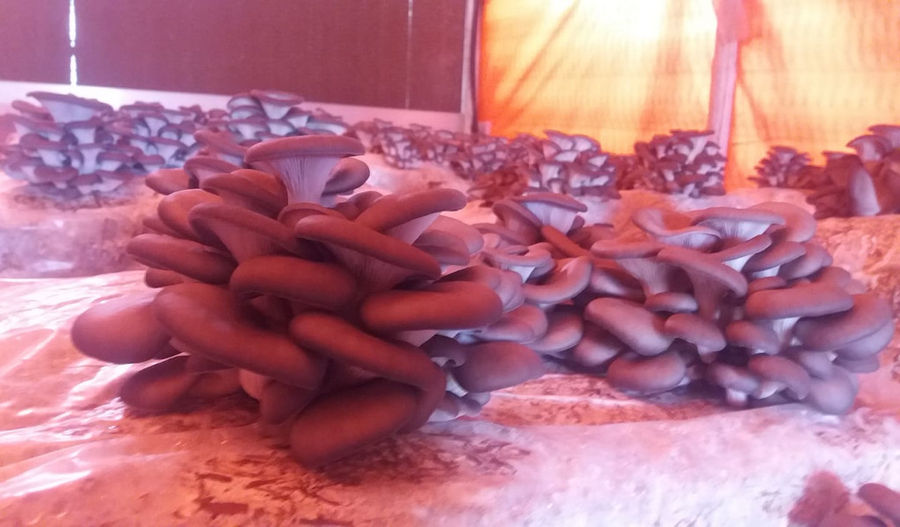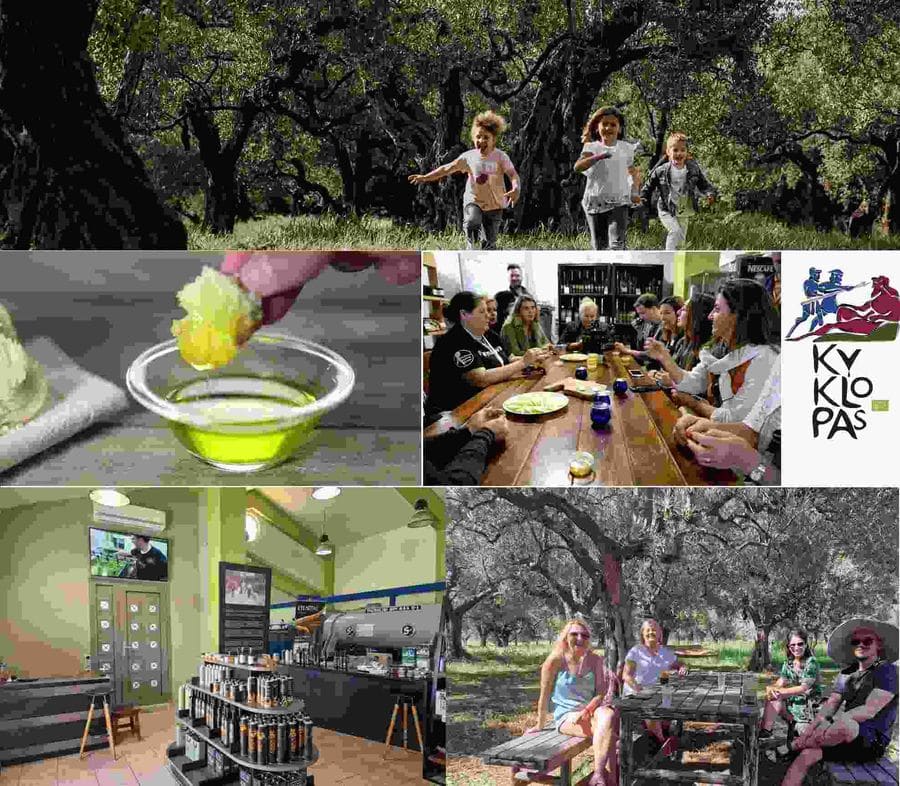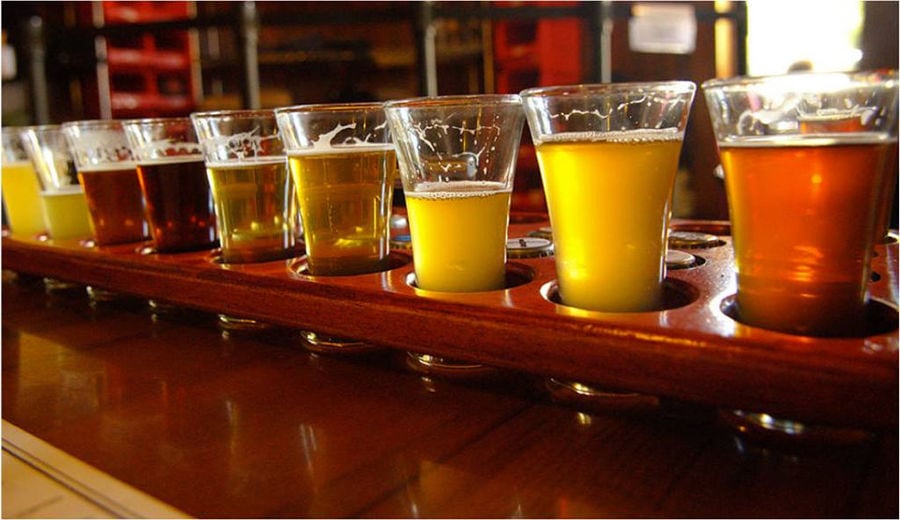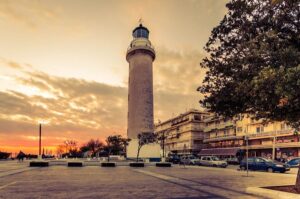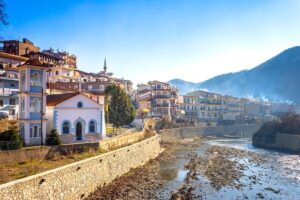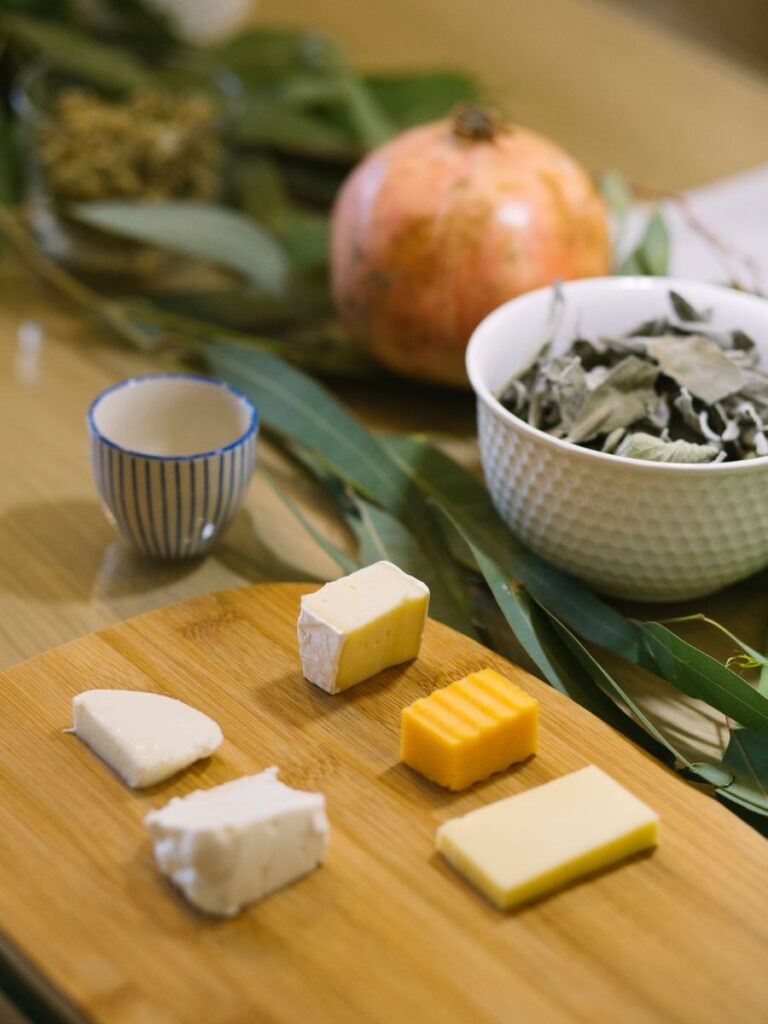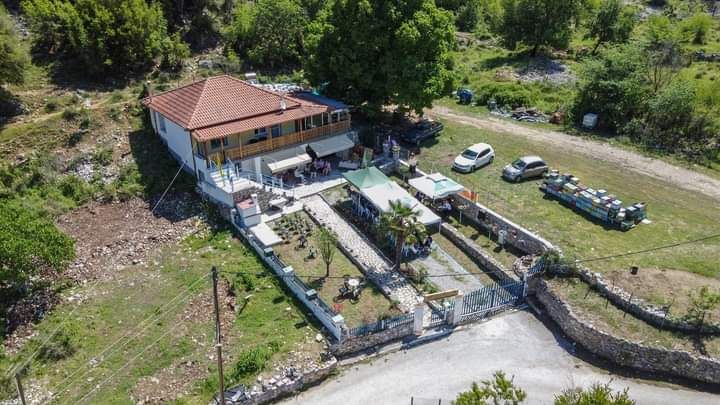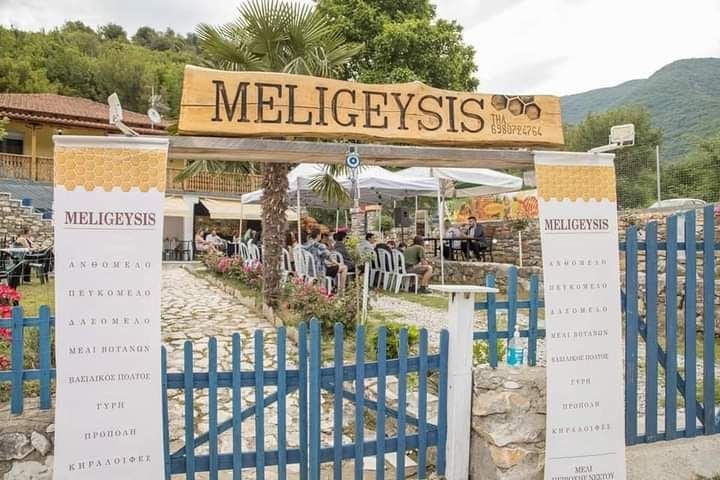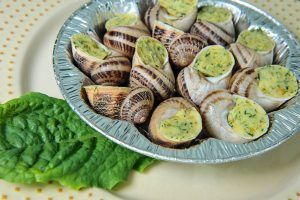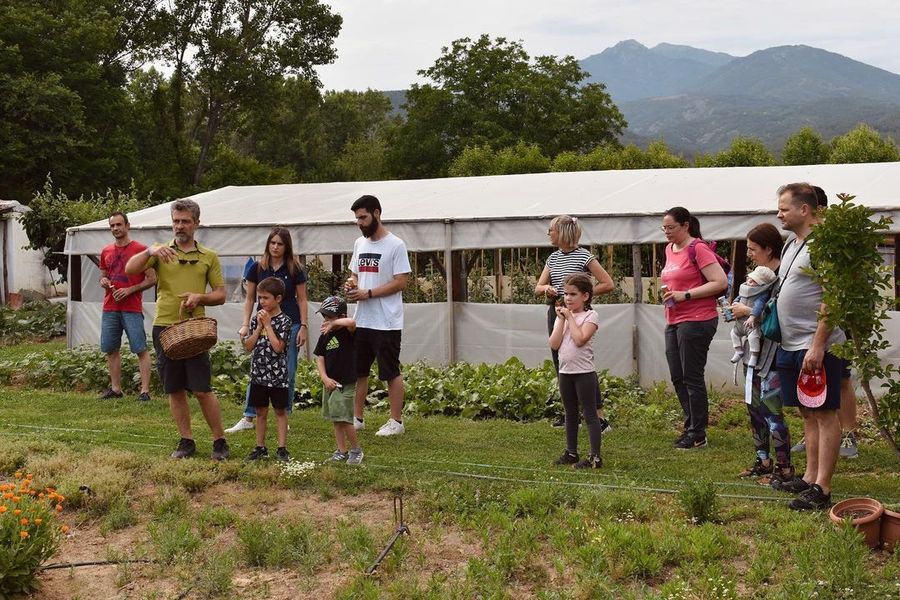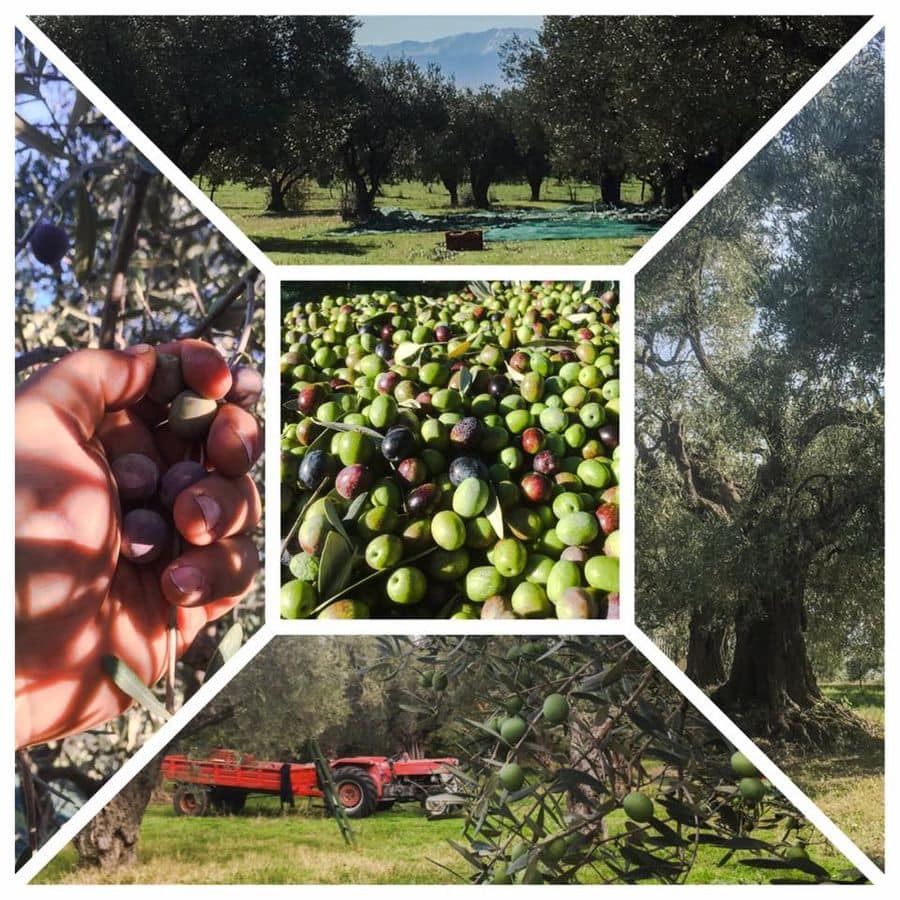This website uses cookies so that we can provide you with the best user experience possible. Cookie information is stored in your browser and performs functions such as recognising you when you return to our website and helping our team to understand which sections of the website you find most interesting and useful.
Thrace - Gastronomy Tours
Thrace is the northernmost but also the easternmost geographic department in Greece. An ancient crossroads of civilizations in southeastern Europe, was the birthplace of Democritus known for developing the earliest atomic theory. Democritus believed everything is made of tiny, indivisible particles—atoms. Thrace’s diverse culture and vibrant intellectual tradition helped shape such groundbreaking thinkers, making it not just a region of warriors and myths, but a cradle of philosophical and scientific innovation.
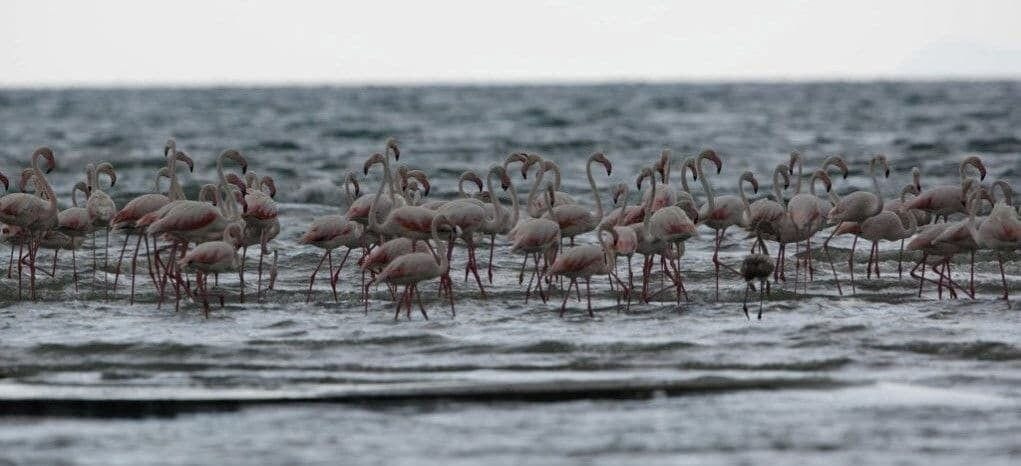
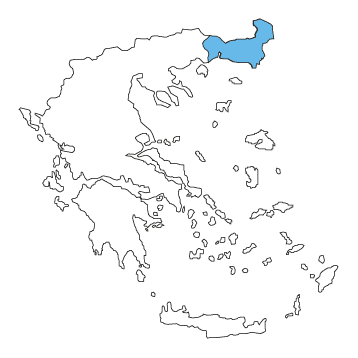
Thrace is bordered by the Nestos River to the west, the Evros River to the east, the Thracian Gulf to the south and Bulgaria with the Rhodope mountain range to the north including several cities such as Alexandroupoli, Komotini, Xanthi, and Kavala, along with smaller towns like Philippi and Soufli, but important for different reasons, as well as the islands of Thasos and Samothrace.
In the 4th century BCE, it was conquered by Philip the Second of Macedonia, the father of Alexander the Great, and later by the Romans in the 2nd century BCE. During the Byzantine era (4th to 15th centuries CE), Thrace’s status grew significantly due to its proximity to the new capital of the Roman Empire, Constantinople. Thrace was conquered by the Ottomans in 1375, before the 1453 fall of Constantinople. During that period, many Thracians were Islamized.
In 1920, under the Treaty of Sevres following WWI, the victorious Great Powers ceded to Greece eastern Thrace (from the Evros River eastward to present-day European Turkey) as well as western Thrace, west from the Evros to the Nestos River, which today is the natural border between Greece and Turkey. In 1922, after the Asia Minor catastrophe, Greece was forced to cede eastern Thrace to Turkey. A population exchange between Greece and Turkey took place in the following year, accounting for the significant presence of Muslims.

